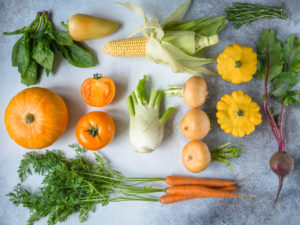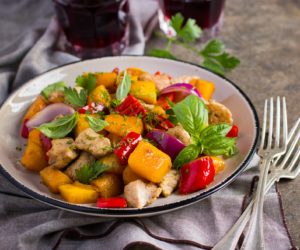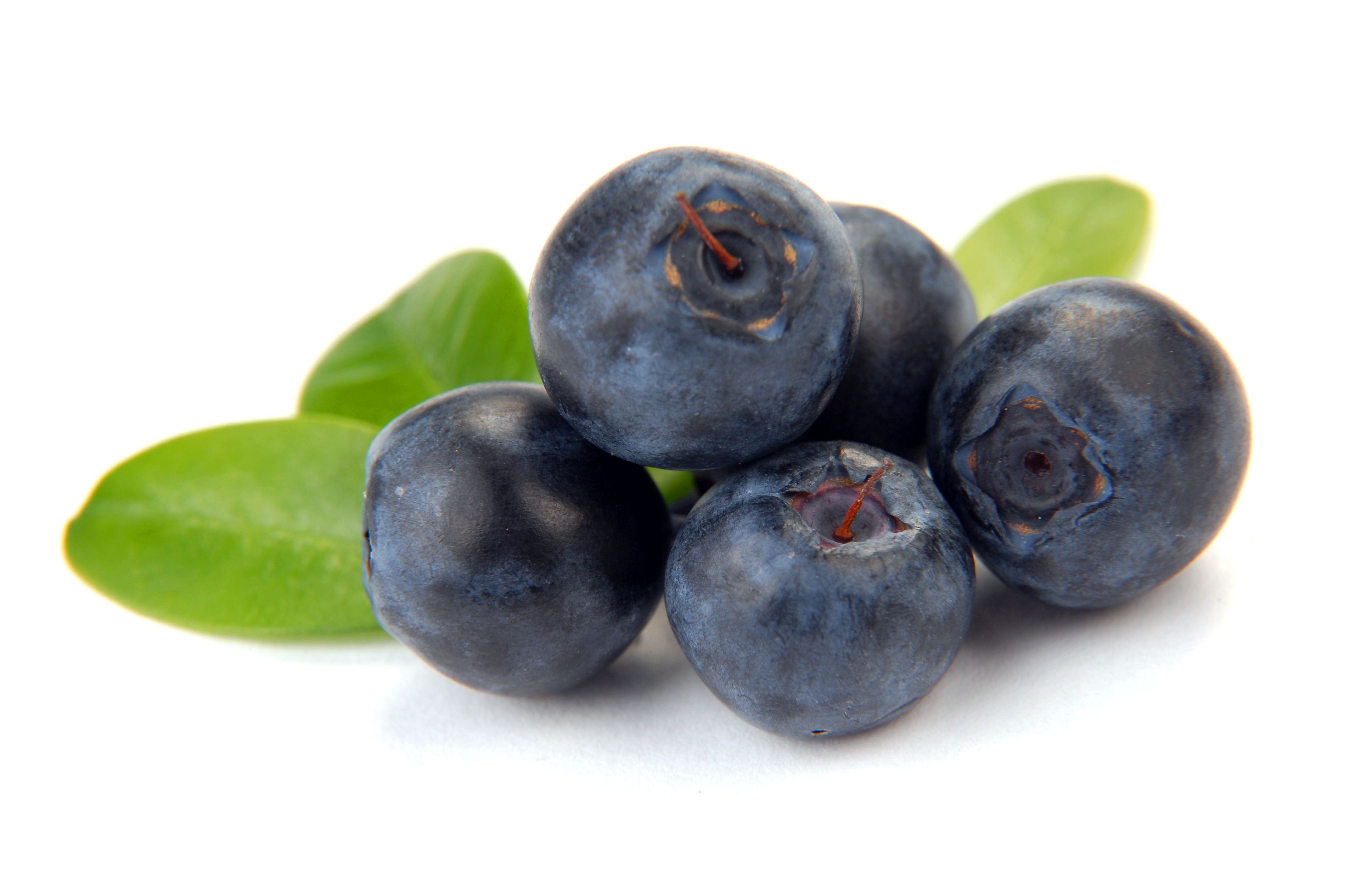
Each season, Mother Nature provides a unique selection of foods, designed to nourish our bodies with the exact nutrients we need to thrive in the current climate.
~For example, summer fruits (such as stone fruits) are plentiful providers of beta-carotene and carotenoids, which act as a natural sunscreen to protect our skin from sun damage. Also, salad vegetables and water-dense melons provide a cooling effect to our bodies to help beat the heat.
~In the winter, citrus fruits are in season, which provide extremely high levels of vitamin C to ward off colds and illnesses. Also, winter squashes, potatoes, and carrots are perfect for warm soups, stews, and casseroles, which naturally provide warmth and comfort to the body.
~Many spring veggies such as asparagus, parsley, and crisp lettuces provide a detoxifying, fresh start to the body as the climate transitions to new growth and rebirth.
~Autumn is a time of transition between the summer heat and the cold of winter. As the seasons change, our bodies start to crave warm comfort food, and Mother Nature is ready with soft sweet potatoes, roasted beets and carrots, baked squash casseroles, and of course good ole’ pumpkin pie!

5 Reasons to Be Intentional About Eating Seasonally AND Locally!
With most foods available year-round in grocery stores, it can be easy to lose track of which foods are in season in your local area. (Blueberries and strawberries only grow 1 month of the year on the east coast, yet are sold almost 12 months of the year!)
- Supports Your Body’s Nutritional Needs. As mentioned above, Mother Nature gives us precisely what we need to thrive in our particular climate. If you live in New England and are eating cooling pineapples, coconuts, mangoes, and papayas during the fall and winter, your body will be so cold (and confused)!! New England Clam Chowder is served piping hot for a reason! Likewise, a Floridian who eats hearty stews, steaks, and potato casseroles in the summer will swelter in the heat! Did you know that many animals can only eat seasonally or they become ill? This week I read about the adverse reactions that reindeer and cows have to eating out of season produce. This makes me think, how much could our health and digestion be improved by eating what is harvested in our local area?
- It’s so much cheaper! When farmers harvest an in-season crop, the supply is usually very plentiful, which means the cost goes down. When out-of-season food must be grown in Mexico, New Zealand, Peru, and California, it costs money to transport it to your local grocery store, and since demand is higher than the non-existent local supply, it becomes even more expensive.
- It tastes so much better! When fruits and vegetables are plucked off of the vine at the proper harvest time, they taste so darn good!! You just can’t beat a fresh tomato sandwich in the summer, a baked squash in the winter, or a garden fresh salad in the spring! When crops are being transported to a distant location, they are picked far before they are ripe, refrigerated, and shipped. This significantly changes the flavor and texture. Think: bland tomatoes, soft, mushy apples, and lackluster berries. Sometimes they are then artificially ripened in a hot house before appearing on the shelf weeks or months later.
- Higher Nutritional Content. When fruits and veggies are plucked from the earth, they contain the highest number of phytonutrients (phyto=plant, so plant nutrients). Being all-natural and organic, fresh produce starts to shrivel and decompose soon after harvest. To prevent this, nearly all produce sold in grocery stores is preserved with a wax coating and/or is irradiated (a burst of radiation to kill germs and bacteria). When food is sold locally, these measures are not needed, and the food definitely looks and tastes much fresher.
- More Eco-Friendly. Just think of the fuel, energy, refrigeration, packaging, and chemicals that are saved by shopping locally! In addition, by supporting local farmers, you are growing your local economy and community!

What Grows in Your Area??
Since I have blog followers in the northeast and southeast, I want to share an awesome tool for identifying what is local to your state!
The Seasonal Food Guide allows you to select your state and the month. It then gives you a complete list of all of the fruits and veggies that are in season, as well as storage tips, preparation guidance, and a few recipes!

